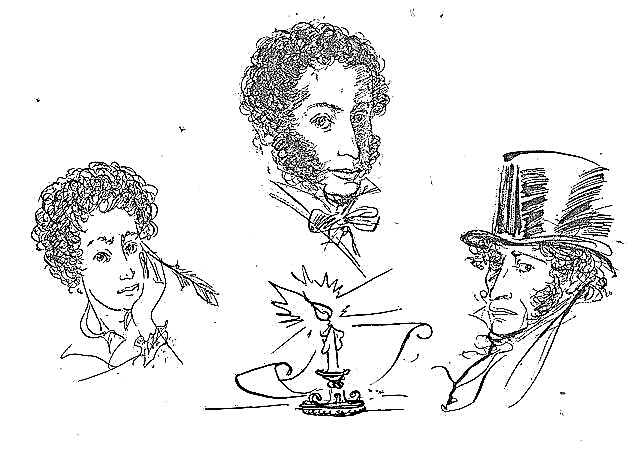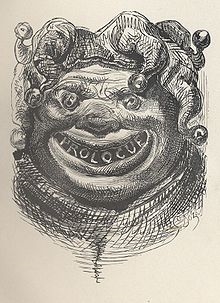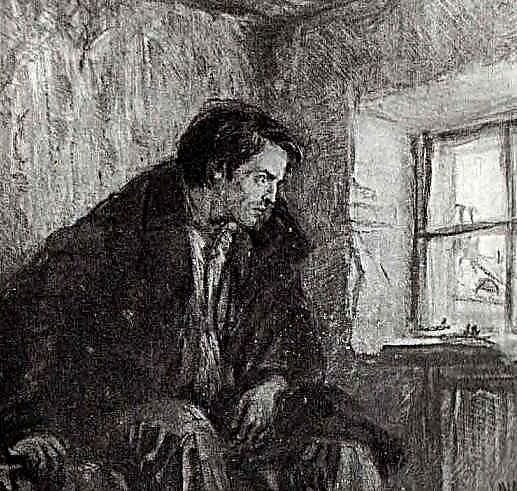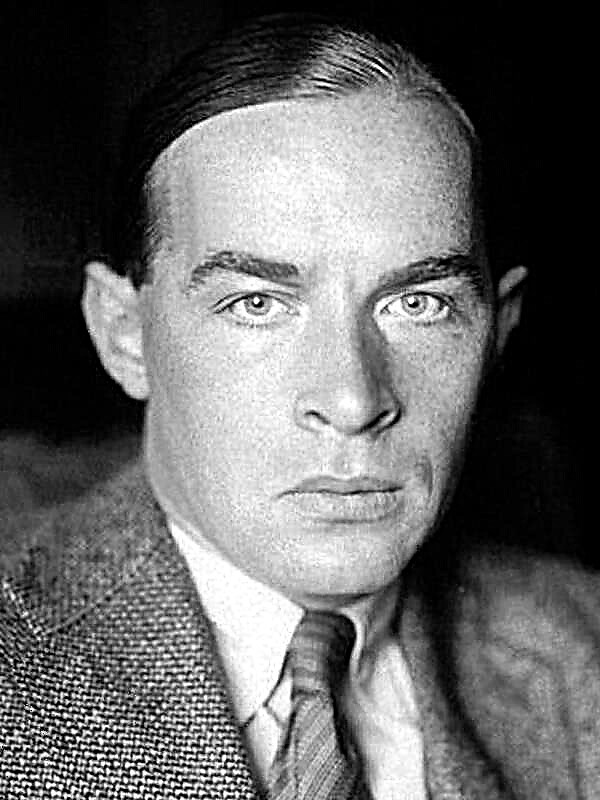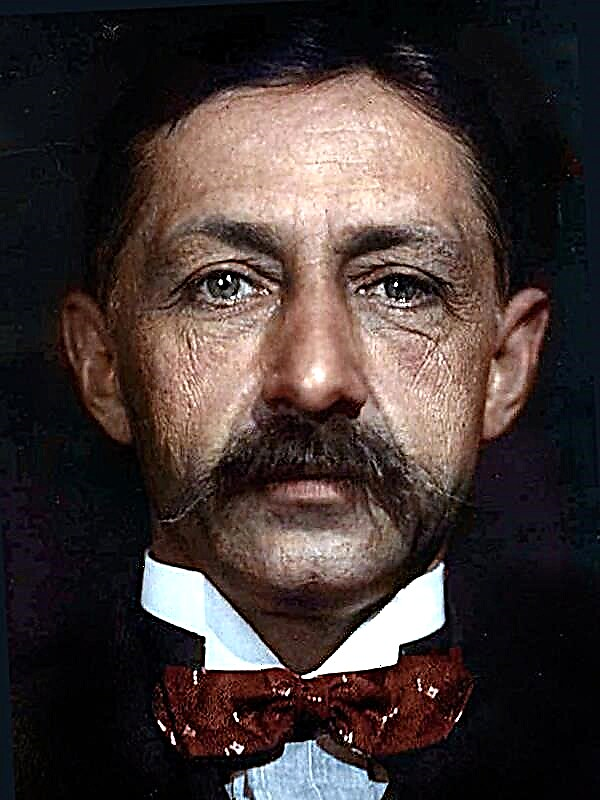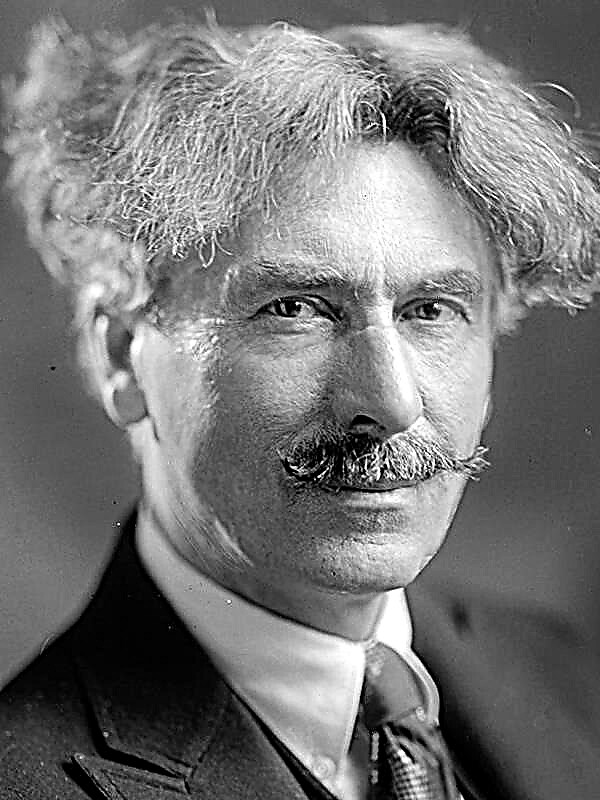(284 words) Many are used to the fact that Dostoevsky is the author of major philosophical works, but his work harmoniously dilutes the sentimental novel “White Nights”. The plot, like all sentimentalism, is rather sad: a young man falls in love with a girl, she tells him his sad story, but they do not stay together because Nastya chose another. The character remains alone, forgiving her beloved and wishing her happiness. But the image of the protagonist, the Dreamer, deserves special attention.
Throughout the story, we will never know the name of the main character, he calls himself the Dreamer, and a charming faceless stranger appears before us. He lives in St. Petersburg for eight years, and although he recognized the residents of the city, he did not manage to make a single acquaintance. It is clear that the Dreamer is alone, but it is not always clear whether he suffers from this. In a conversation between a young man and Nastya, the reader discovers that the hero is also quite timid. At first, he does not even know whether he communicates with her correctly, because he never addressed women.
The character says about himself that "the dreamer is not a man, but some kind of a middle-class being." The hero sees in Nastya the opportunity to live a real life, and not drown in dreams, as he used to. Even until the sincere and pure, like white nights, love of heroine, the Dreamer declares that he was in love simply "with the ideal, with the one that will be dreamed in a dream." This is probably why, when the story ends sadly with a letter from a girl asking for forgiveness, the hero puts her happiness above all, because she is the most striking event in his fate.
In the image of the Dreamer one feels a desire for excellence and a thirst for translating the ideal into reality, but, as the finale hints, it is very debatable that such a thing is possible. And without gaining happiness, the hero becomes lonely again. It is interesting that Dostoevsky himself hides behind the figure of the Dreamer, and autobiographical motifs emphasize the creative, spiritual value of life in the work.



